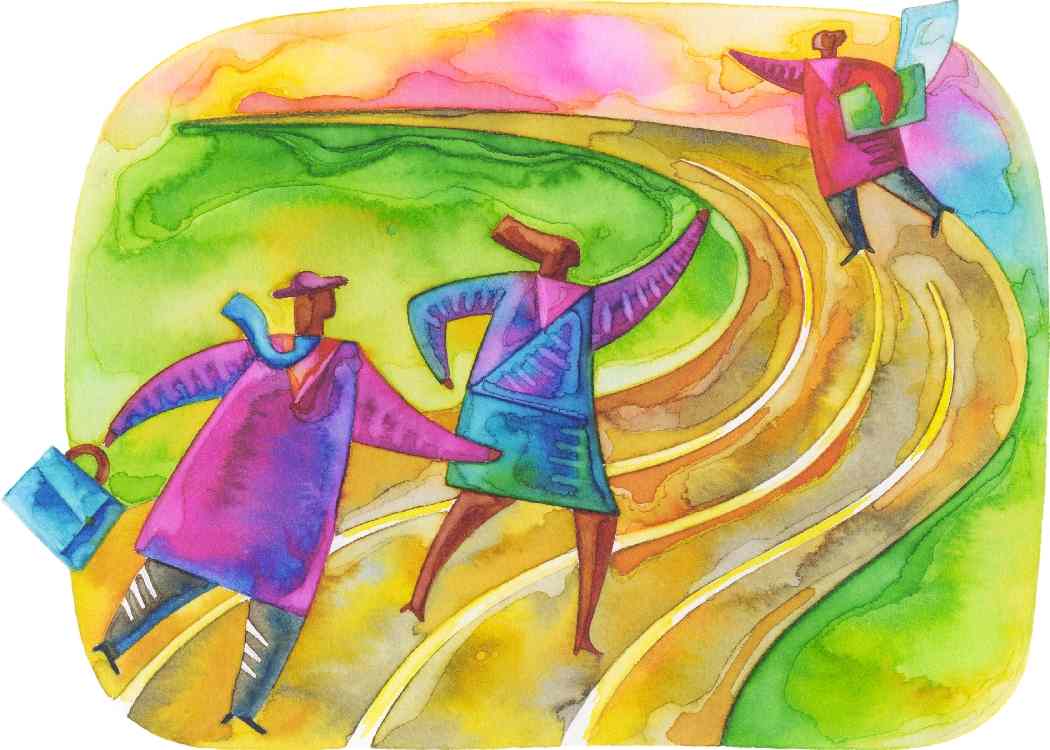In a world where apologies are rare, let alone public, an apology of epic proportion was issued late Monday night that deserves mention and celebration.
Gary Szatkowski, chief of the National Weather Service office serving Mount Holly, New Jersey and Philadelphia, publicly apologized on Twitter for predicting a larger than actual storm in the New York City area along with neighboring New Jersey and Philadelphia. New York City received about a half foot of snow rather than the two feet that were forecast. While some people may have felt inconvenienced by the city subway being shut down by Mayor Bill de Blasio, we all make mistakes. How great that an apology was issued. There are lessons to learn here.
It’s better to be safe than sorry. Millions of New Yorkers remained safe and at home on Tuesday night with full refrigerators and bottled water in their pantries. Now they don’t have to shop for a week. Now that’s a rare thing in New York City.
Life is about choices. Choosing the European precipitation forecast map over the American forecast map was the choice that was made. In this case, using the European map overestimated the actual snowfall. This happens in our lives every day.
The apology came through Twitter. There was no need to call a news conference to make the apology. Szatkowski knew that Twitter would be the fastest and most public way to get an apology out to the public and key decision makers. Brilliant thinking on his part and a reminder of the power of social media. The public became engaged in the conversation.
People are cool with forgiveness. Social media was all abuzz about this top news story. People began Tweeting their remarks to Szatkowski and the news media about how cool it was to even get an apology, let alone use social media to do it.
Life goes on. Yesterday, New Yorkers and other East Coasters returned to their normal routine. What this event left behind was an epic story to be shared with generations to come. Think of it, sitting around the dinner table some snowy night in 2050, telling your grandchildren…”Then there was the time when Grandma had to actually cook dinner for Grandpa instead of getting a takeaway at the corner deli…”
Now with Boston, well, that’s another story…that you can follow on Twitter @StormBoston.




